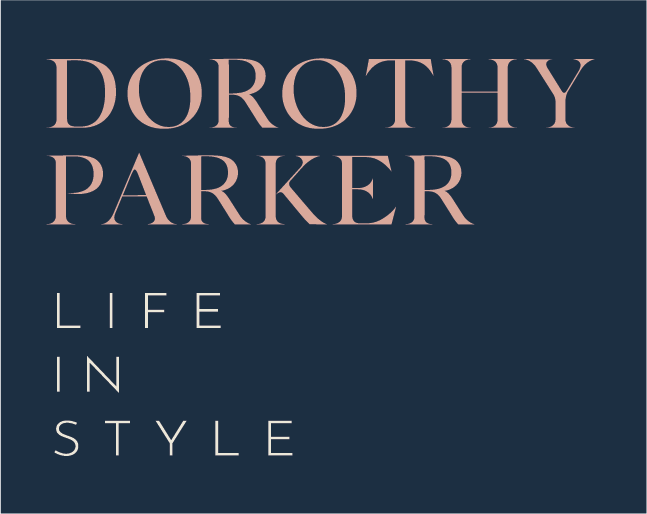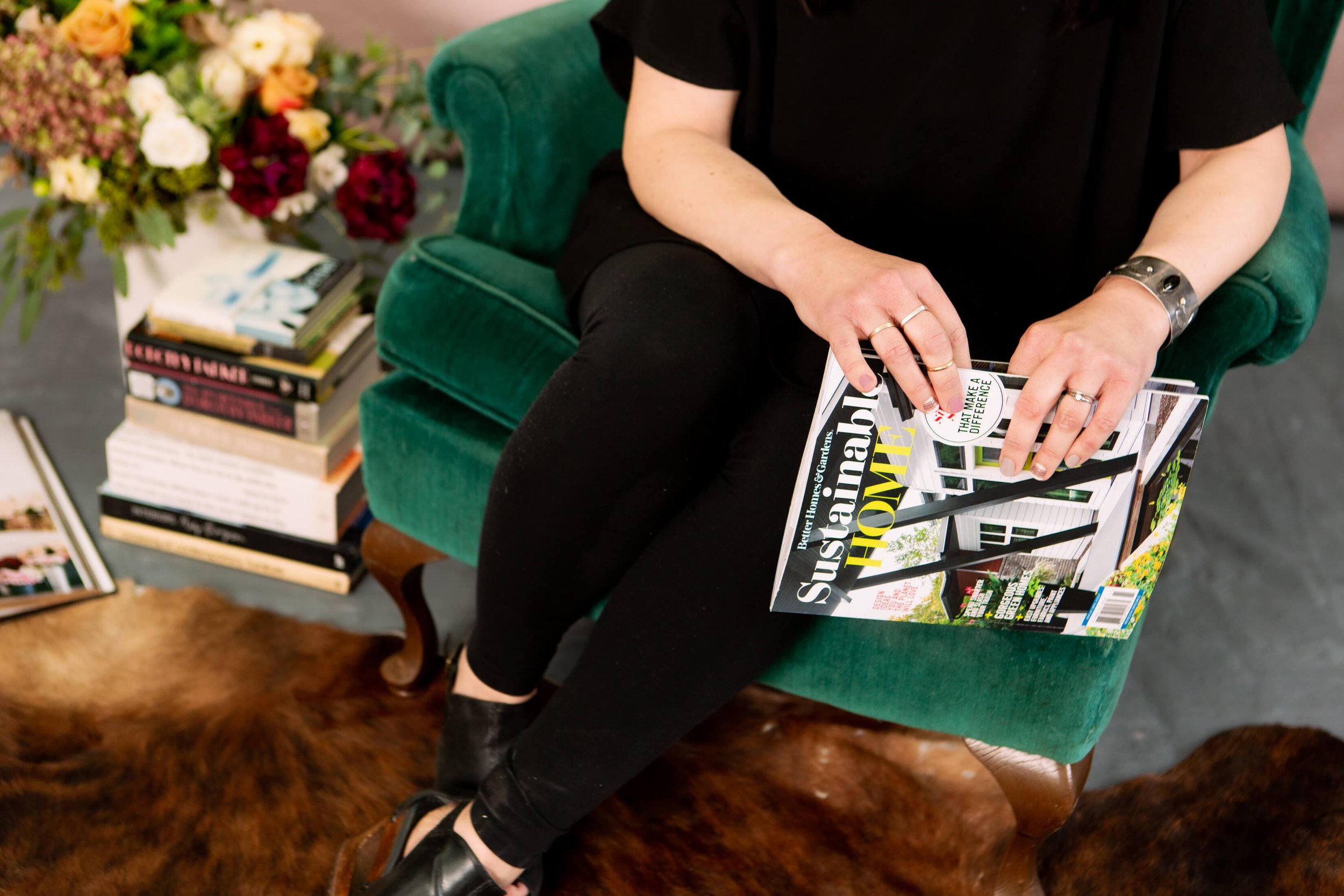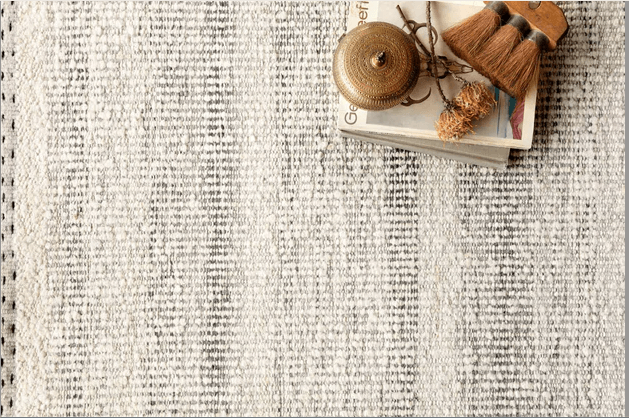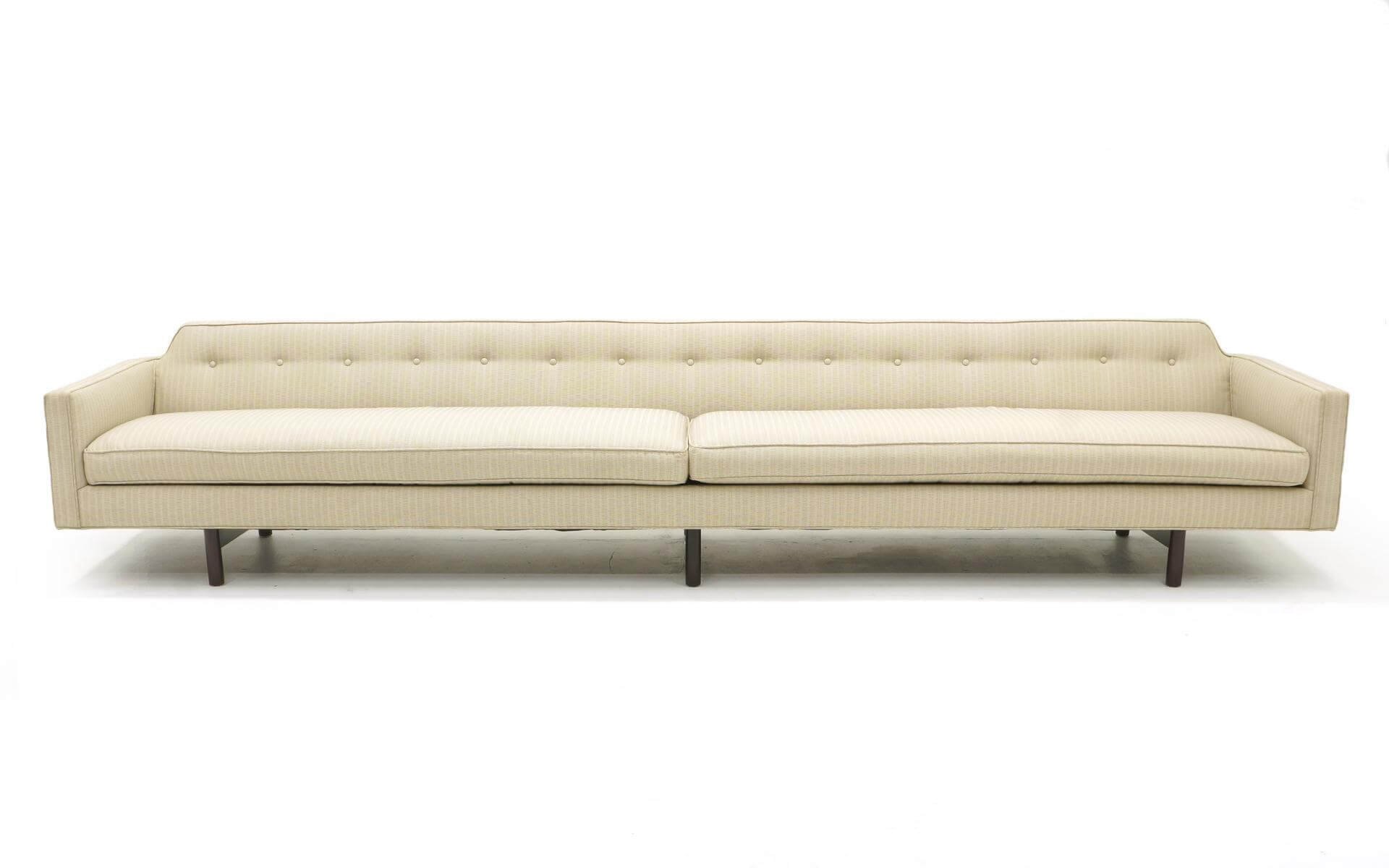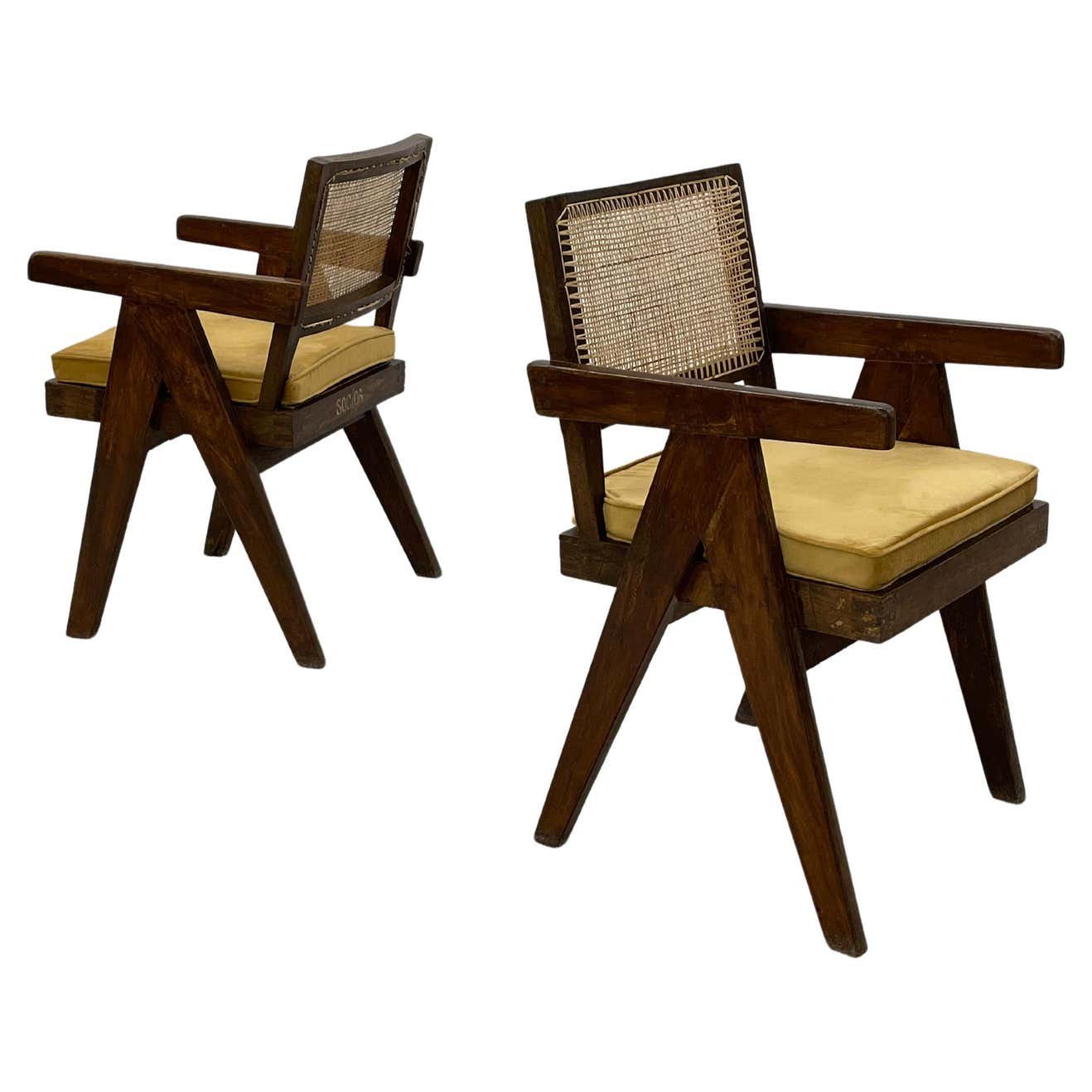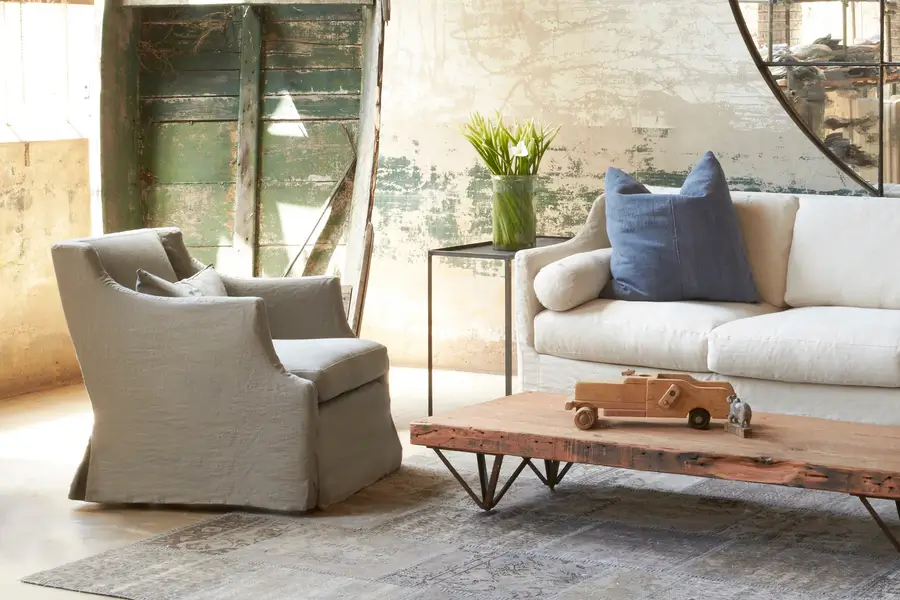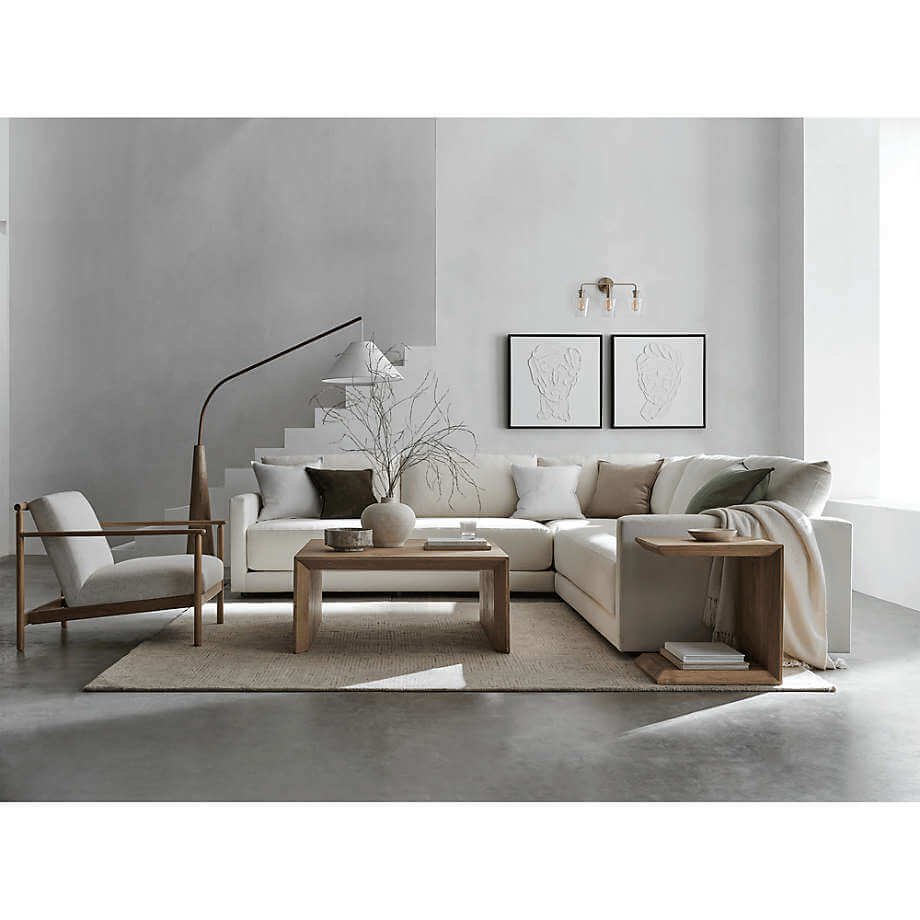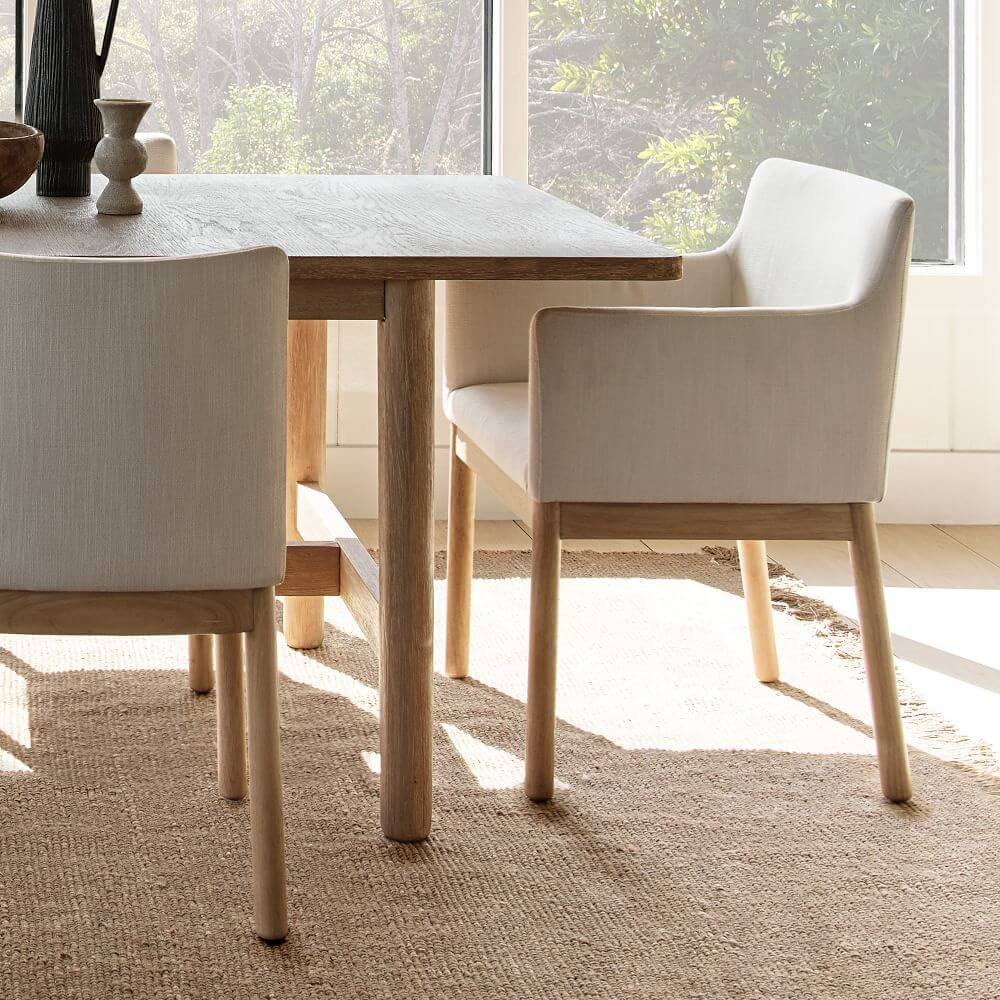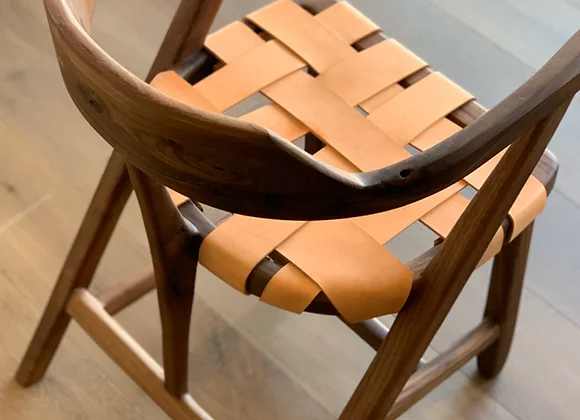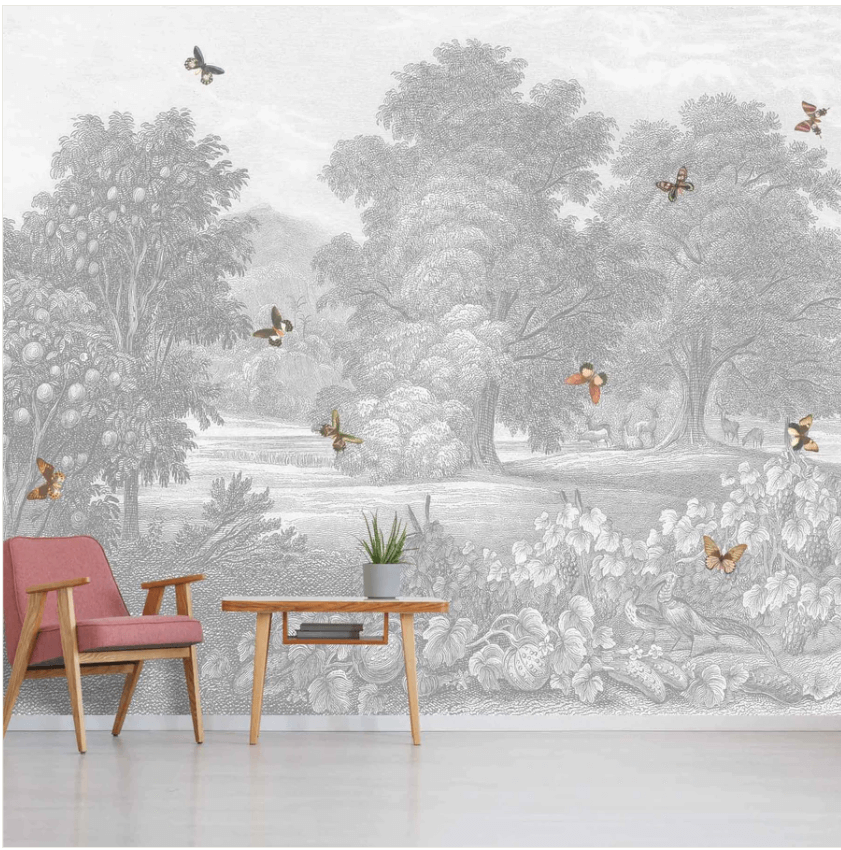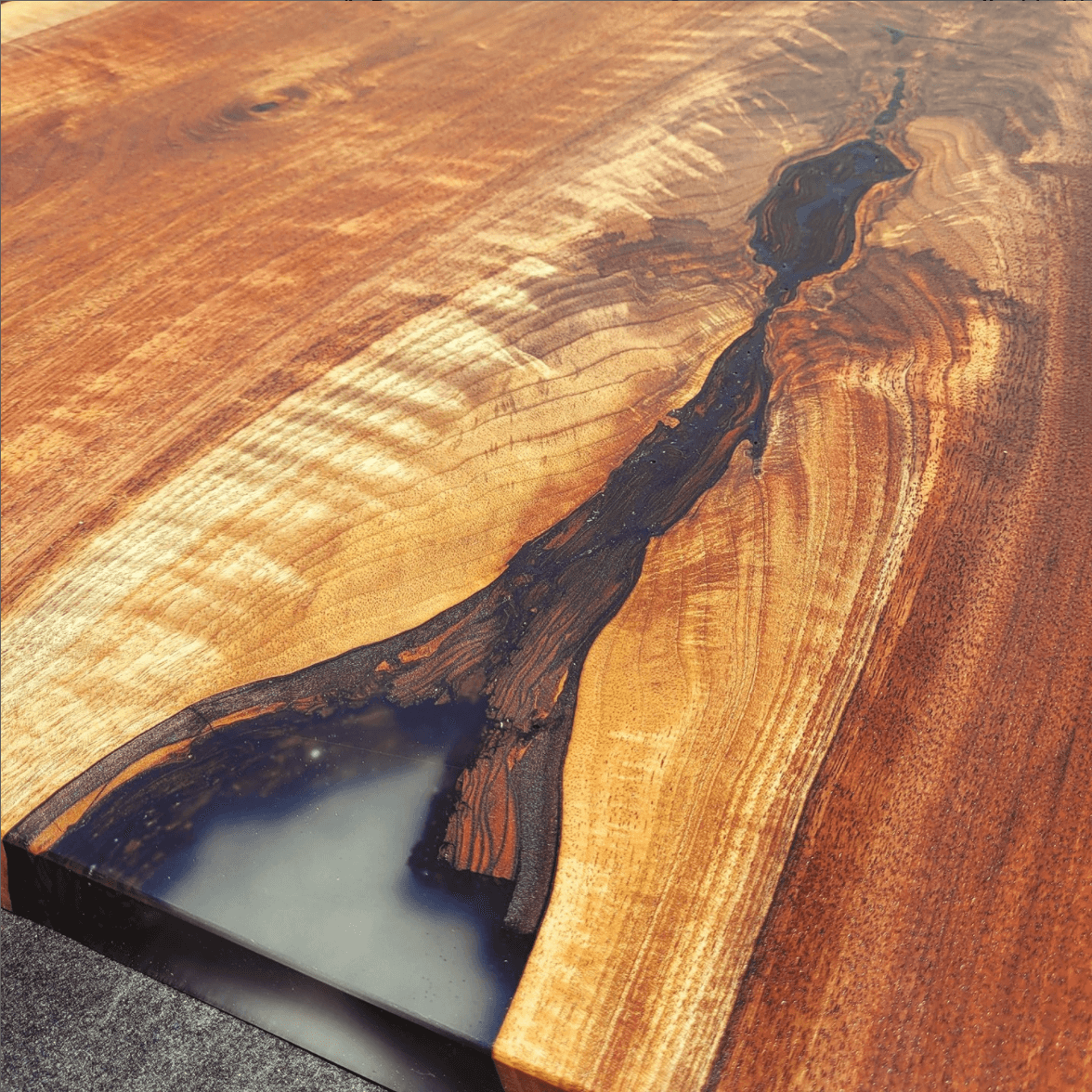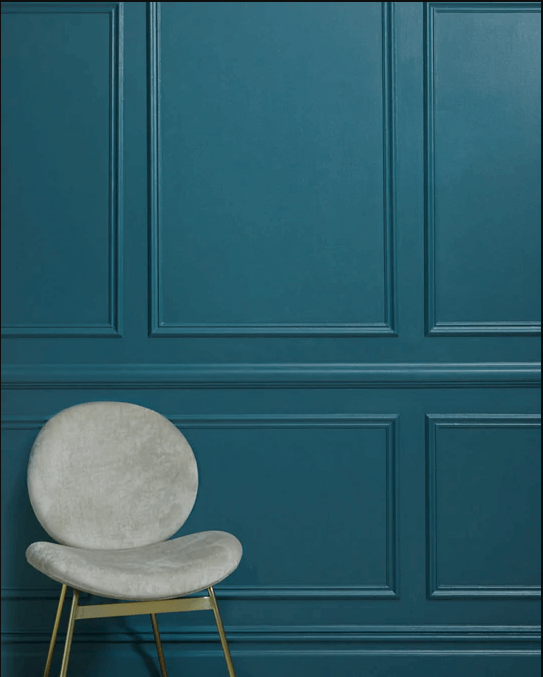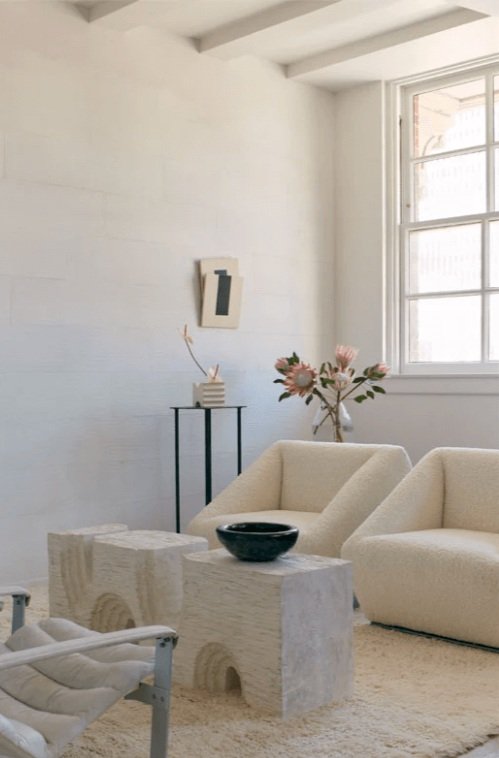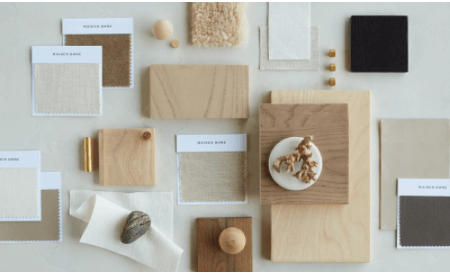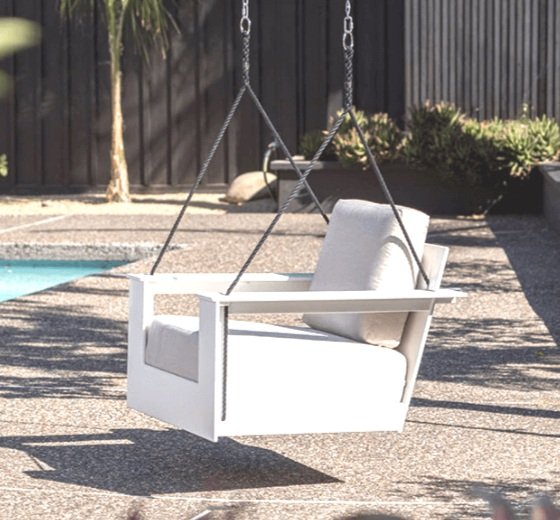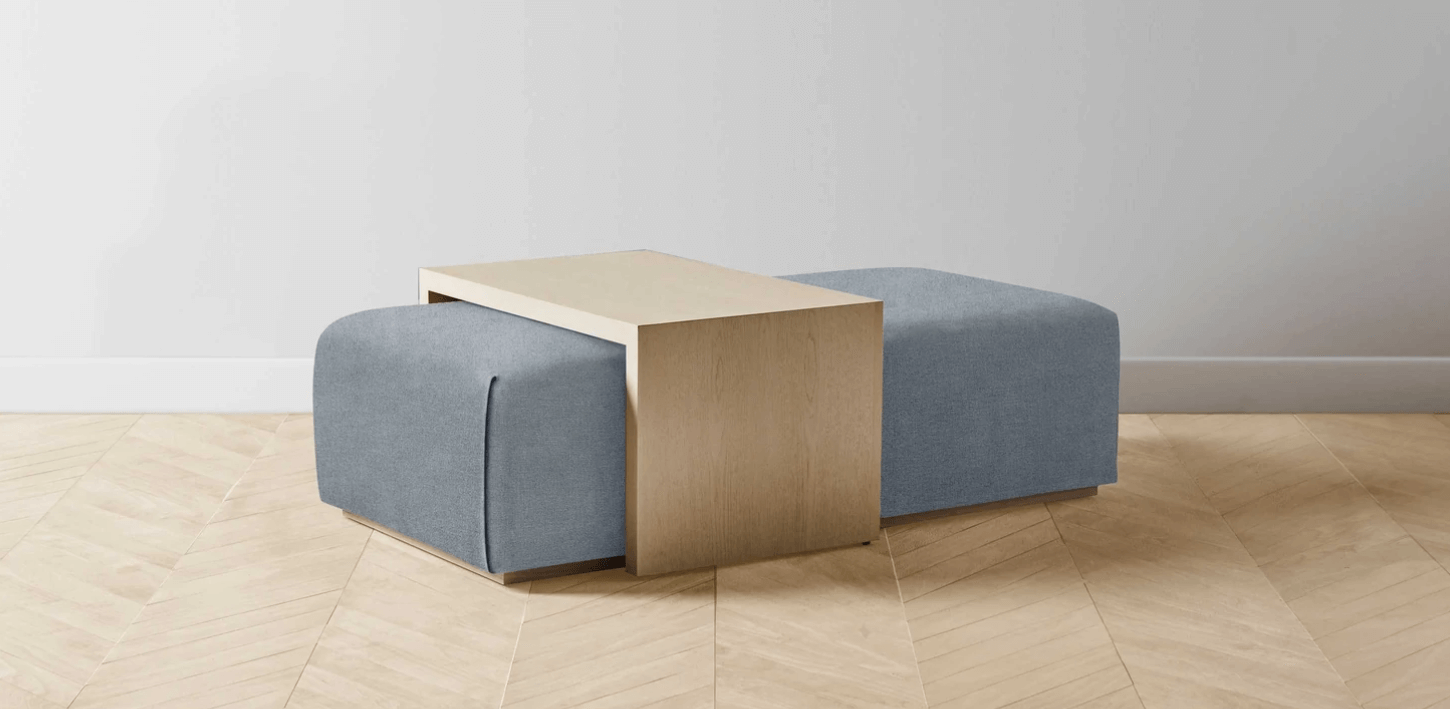Interior Design Materials for an Eco-friendly Home
The interior design industry is changing at rapid speed and so are the materials being used. Some of the new materials are better for the environment and in other cases they are much worse.
When interior design materials are better for the Earth’s environment, it’s likely they are better for your home environment as well.
Let’s dive into the best and the worst materials for your home and the ecosphere.
Sustainable Interior Design Materials
There are a lot of companies that will say their product is sustainable or eco friendly. Being the skeptic that I am, I always want to know the specifics to insure their claims aren’t trying to greenwash us. That said, I have a handful of trusted eco-friendly material sources and furniture companies that are my go-to choices.
When it comes to sustainable furnishings there are two main components that I look for. First, where it is made and second, what’s in it.
As certified Green AP through the Sustainable Furnishings Council I’ve learned a lot about how to design healthy environments inside and out. Through the SFC and my own research I’ve learned the questions to ask to become a sustainable interior designer.
My goal when looking for green materials and furnishings is to aim for progress over perfection. I want to find the companies whose values match mine and are striving to succeed at the triple bottom line: People, Planet, and Profit.
Furniture, Fabrics, & Rugs
For furnishings, my goal is for the materials to either be recycled, vintage, natural, and low in toxins. For instance one of my favorite fabric makers, Maharam, not only uses recycled content but also is committed to reducing harmful chemicals used in fabric production such as antimicrobials, flame retardants, and harmful stain repellent finishes known as PFAS.
My favorite type of recycling is using vintage furniture, accessories, and rugs. Having a vintage piece in a space gives it character and helps tell a unique story about the space. I always look locally for something unique first, such as an upholstered piece that Violet Mae Upholstery can reupholster for me. For extra special items my two favorite online sources are Chairish and 1stDibs.
When it comes to rugs I try to pick vintage, wool, or rugs made with recycled materials. It’s also important to know that the makers are being treated fairly as rug making has been known for its forced labor of people and children.
I have a handful of new rugs (or rugs in transit) in my new home here in Durango, CO. My office rug is from Surya and is made from 95% recycled water bottles. My other rugs are either vintage or from Loloi. I have talked about Loloi rugs a lot on my blogs and despite feeling repetitive they are one of my favorite vendors. The reasons for that are: first, style; second, quality & materials: and third, their equitable treatment of their workers.
Tile & Floors
When it comes to the finishes of an interior design project, it is important to ethically source your tile, hardwood flooring, or carpet.
These elements are some of the most important when looking at natural design materials. This is due to the fact that they are permanent design elements until they are torn out for remodel, and they cover the most space.
For instance, flooring is applied to your entire house and if it’s made of a toxic material, such as vinyl, you will be breathing in the off-gassing agents for as long as you live there. For the most part, I prefer to use engineered hardwood flooring. I like engineered hardwood because of the fact that less trees are used to make them.
D&M flooring has a great line of flooring that my clients have loved and I have installed them in my own home. The planks are nice and wide and they have a good color range.
D&M flooring has listed their Green Commitment on their website and some of their sustainable dedications include being C.A.R.B. Compliant, LEED point eligible, certified Low VOC, and having their products being tested and ranked under the Floor Score protocols by SCS Global.
As for tile, my hands down favorite vendor is Fireclay Tile. Not only do they produce beautiful products but their tiles are made from recycled ceramics and they are a certified B Corp.
Additionally, the tiles are handmade in San Jose, California in a Zero Waste, Climate Neutral facility.
FSC Wood & Wallpaper
Another component that helps the environment is choosing furniture, flooring, or wallpaper that are made with Forest Certified Wood. FSC certification helps trace the wood and makes sure it’s not being illegally harvested which is a contributor to global deforestation and forced human labor. Want to know more about forest certified furnishings for your home? I took a deep dive on the topic in a previous blog post FSC Wood for an Eco-Friendly Home.
According to the Sustainable Furnishings Council’s Wood Furniture Scorecard, a few top scorers are Cisco Home, Williams Sonoma, Inc., and Crate & Barrel. All of these companies are mentioned in my blog post featuring forest certified furnishings for your home here. (Note:There has been some controversy over Ikea’s FSC furniture. As I learn more I can no longer endorse all of Ikea’s sustainability claims.)
As for local sustainable furniture options, there are two new Durango-based FSC wood furniture makers I’m eager to source from for my clients. If you’re looking for custom case pieces definitely check out Animas Craft Woodworking and Southwest Handmade.
I love wallpaper but, like flooring, if it’s made of vinyl it’s unhealthy for you and toxic for the environment. So when I choose wallpaper, I always pick actual paper. It’s good to know that Wallpaper can also be FSC certified.
Low and No VOC Paint
Every house has walls that need to be painted both inside and out. Thanks to consumer demand followed by legislation, paint is much less toxic than it used to be. In the past you might remember painting a wall and having an unpleasant, pungent smell linger around for a few days. This was because of the chemical VOC’s added to the paint. This is not only bad for the environment but again introduces cancer causing chemicals into our homes.
When it comes to nontoxic paint, low VOC is a great option. If you want to take it further and choose an even healthier option is paint that is GreenGuard certified. This is a top-of-the-line option when it comes to designing a non-toxic home. GreenGuard certification helps ensure the paint has been tested and scientifically proven to have low chemical emissions.
My prefered choices for non-toxic interior paints are Benjamin Moore’s Aura paints, Clare, and Farrow & Ball. Clare and Farrow & Ball both have made clear declarations to make all of their products eco-friendly. Benjamin Moore has some work to do but considering they are in the top ten US based paint suppliers, many painters will pick their product so it’s good that they have sustainable options.
Transport Matters
Where items are made have a big impact on the carbon emissions as transportation is a major greenhouse gas contributor. Additionally, as we continue to see supply chain disruptors, the closer something is made the better chance we have at them not getting stuck at a loading dock, lost in transit, or damaged along the way. When possible I choose products that are US made despite that being challenging at times.
Luckily there are still plenty of good US made options. North Point is a small city in South Carolina that has long been a hub of furniture manufacturing. Los Angeles also has furniture manufacturers such as Cisco Home and Hello Medley.
A few other options of furniture that are both sustainably made and manufactured here in the US in addition to the above options are Floyd which is made in Detroit, Michigan, Loll contemporary designed outdoor furniture made of recycled plastic made in Duluth, MN, and Maiden Home a direct to consumer brand made in South Carolina.
Final Thoughts
As always, I like to remind myself and everyone that progress is better than perfection. I wish all furniture was sustainably made with natural, organic materials without VOCs and toxins. However, that is not realistic—yet. Until then, let’s practice shopping consciously and choosing mindfully.
When investing in your home, both furniture and finishes matter. Some easy guidelines when shopping sustainably to remember are:
Avoid Vinyl products such as flooring, siding, wallcovering, and window treatments.
Look for products that have been certified as FSC. (Forest Stewardship Council)
Buy used, antique, and vintage.
Low VOC paint and products are good, GreenGuard certified is even better.
Shop US made products.
Invest with businesses that reflect your values.
Designing and facilitating a sustainable home and lifestyle for our clients is at the core of what we do at Dorothy Parker Design. Dorothy Parker is a certified Green AP through the Sustainable Furnishings Council and brings this unique knowledge to create a naturally beautiful home for your family.
Although Dorothy Parker is a Durango, Colorado native, she cultivated her design prose in San Francisco for more than two decades. For ten years, Dorothy worked with renowned designer Ken Fulk, who is now an influential tastemaker with international projects and offices in San Francisco and New York. While working (and wearing many hats) on some of Fulk’s most notorious projects, Dorothy perfected her craft and learned the art of installation as a critical component of the success of a design.
